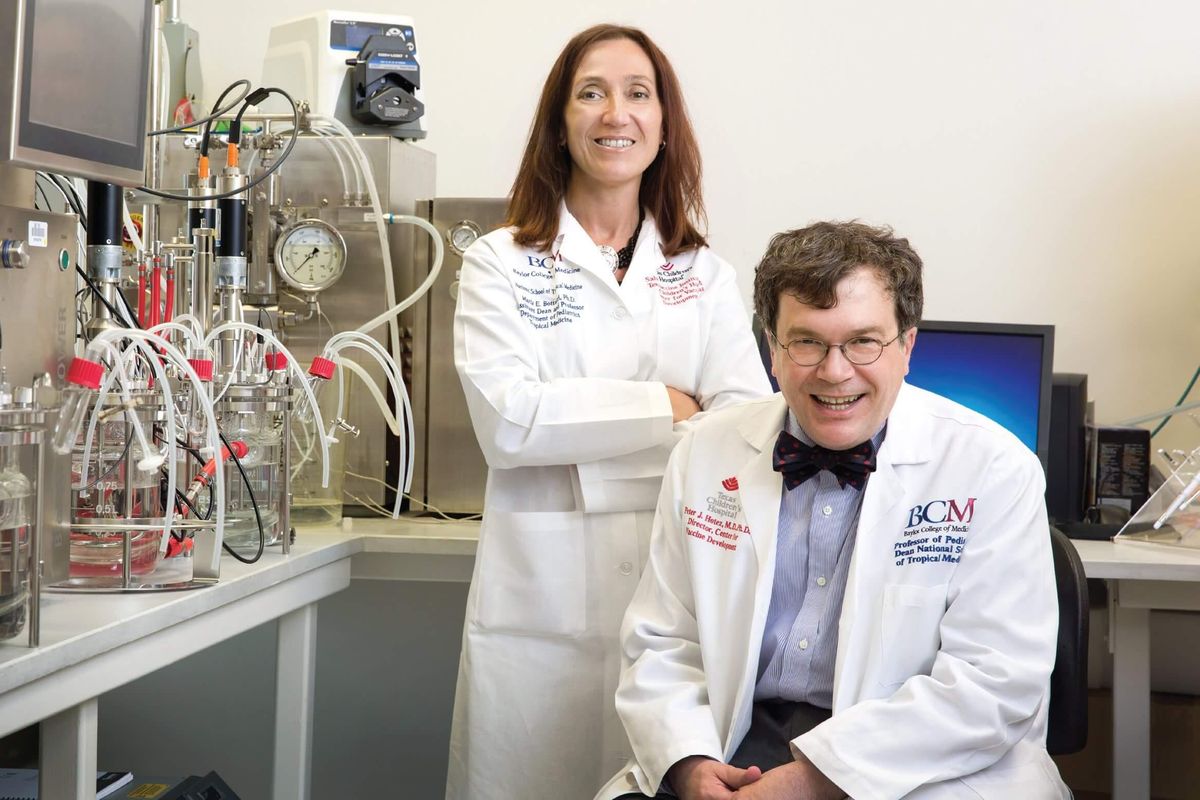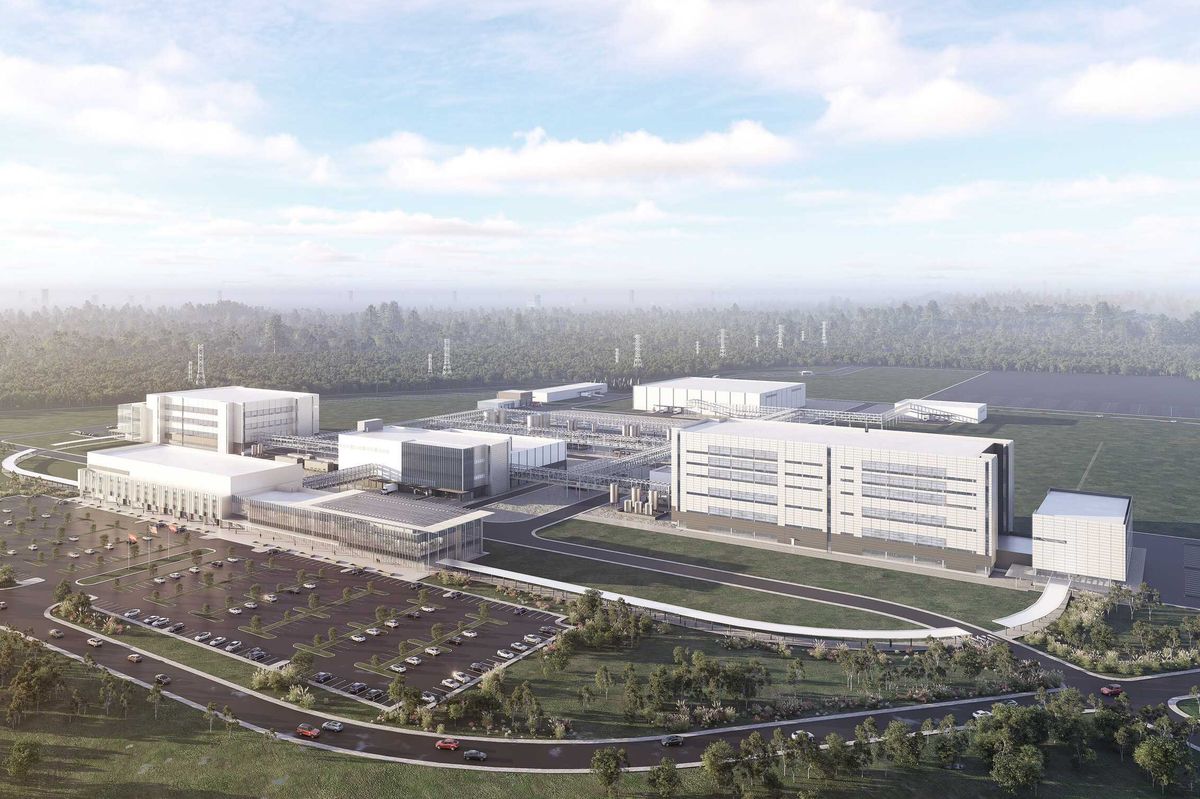HVAC innovation has a huge role to play in Houston amid energy transition
guest column
As Houston, the energy capital of the world, navigates the global energy transition, the city is uniquely positioned to lead by example. This transition isn’t just about shifting from fossil fuels to renewable energy; it’s about creating an ecosystem where corporations, research institutions, startups, and investors collaborate to develop and implement innovative technologies.
One of the most promising areas for reducing energy consumption and minimizing environmental impact is in heating, ventilation, and air conditioning, or HVAC, systems.
Houston’s intense weather patterns demand efficient and adaptable climate control solutions. Traditional HVAC systems, while effective in maintaining indoor comfort, often operate on fixed settings that don’t account for real-time changes in occupancy or weather. This results in energy waste and increased utility costs — issues that can be mitigated by integrating artificial intelligence into HVAC systems.
AI-driven HVAC systems offer a dynamic approach to heating and cooling, learning from user preferences and environmental conditions to optimize performance. These systems use advanced algorithms to continuously adjust their operation, ensuring that energy is used only when and where it’s needed. This results in up to 30 percent greater energy efficiency compared to conventional systems, translating into significant savings for consumers and a reduction in overall energy demand.
For a city like Houston, where energy consumption is a critical concern, the widespread adoption of AI-integrated HVAC systems could have a substantial impact. By optimizing energy use in homes, offices, and industrial spaces, these systems help reduce the strain on the electrical grid, particularly during peak usage times. Additionally, they contribute to lowering greenhouse gas emissions, aligning with Houston’s broader sustainability goals.
The potential of AI in HVAC systems extends beyond efficiency and environmental benefits. These systems enhance the user experience by offering precise control over indoor climates, adapting to individual preferences, and responding to external conditions in real-time. This level of customization not only improves comfort but also supports a smarter, more sustainable approach to energy management.
Houston’s energy transition requires the collective efforts of all sectors. While large corporations and government entities play a significant role, the contributions of startups, research institutions, and energy service companies are equally important. These entities are at the forefront of developing technologies that address both the economic and environmental challenges of our time. Investors are increasingly recognizing the value of funding solutions that offer long-term sustainability alongside financial returns, further driving the adoption of innovative energy technologies.
The integration of AI into HVAC systems represents a crucial step forward in this journey. As Houston continues to evolve as a leader in energy innovation, embracing advanced technologies like AI-driven HVAC systems will be key to achieving a more sustainable and resilient energy future. These systems are not just a technological advancement—they are a strategic tool in the broader effort to reduce energy consumption, lower emissions, and create a healthier environment for all.
At the heart of Houston’s energy transition is the commitment to building a future that balances growth with sustainability. By prioritizing the deployment of smart, energy-efficient technologies, we can ensure that Houston remains at the forefront of the global energy landscape, setting the standard for other cities to follow. As we move forward, the integration of AI into our energy infrastructure, particularly in HVAC systems, will be instrumental in shaping a sustainable and prosperous future for Houston and beyond.
———
Trevor Schick is the president of KOVA, a Texas company creating sustainable solutions in building development.
This article originally ran on EnergyCapital.



















